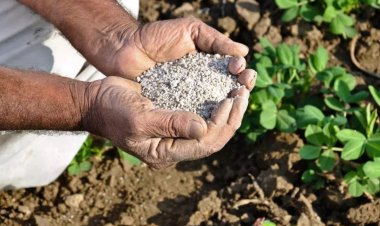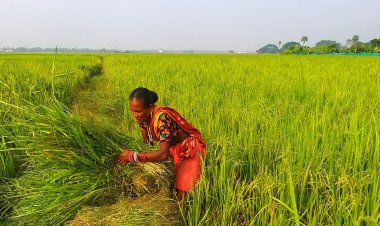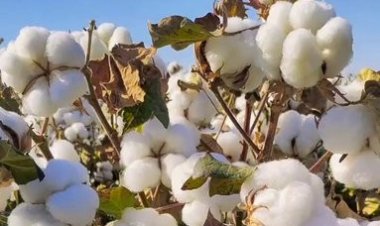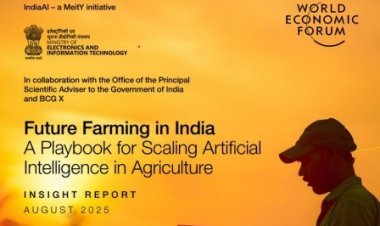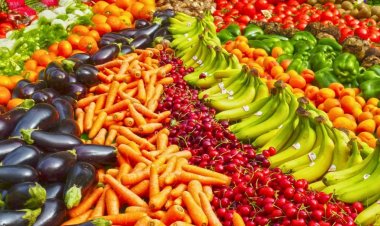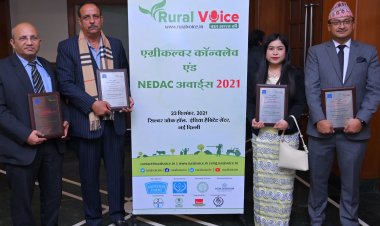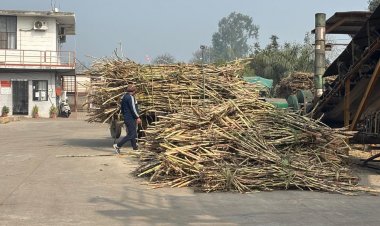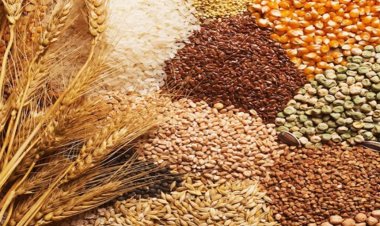Unravelling Of Agricultural Export Policy
The challenges that the country faces in establishing itself as a major agriculture export hub can clearly be seen from the developments since the agricultural export policy was adopted Almost coinciding with this changed policy stance, exports of agricultural commodities registered a significant increase of over 25% in 2020-21.
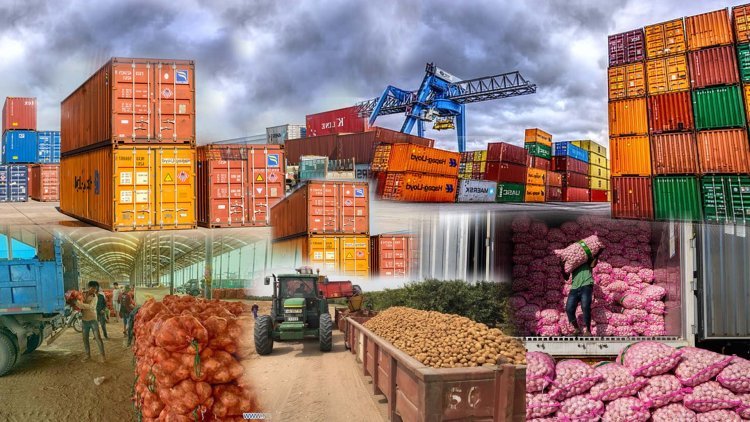
In December 2018, the government announced the Agriculture Export Policy that had two primary objectives, namely, to strive to double India’s share in world agriculture exports by integrating with global value chains, and to enable farmers to get benefit of export opportunities in overseas markets. It was argued that integration of Indian agriculture in the global value chains was “one of the most certain methods of adopting the best agricultural practices along with attaining productivity gains and cost competitiveness”. More importantly, promotion of agricultural exports was seen as sine qua non for meeting the objective that the government had set in 2016 for doubling the farmer’s income by 2022.
The contentious farm reforms introduced in 2020 was yet another move taken to transform India into an agricultural export hub. This move marked a major departure from India’s agricultural policy for more than half a century, which was largely focused on domestic food security. None of the previous governments had made exports a major objective of agricultural policies. In fact, realising self-sufficiency in food grains that was the cornerstone for the adoption of the Green Revolution in the mid-1960s, remained more-or-less unchanged. The most significant evidence in this regard was that in the deliberations in the World Trade Organization, successive governments argued that the twin instruments of tariff protection and subsidies were vital for the realisation of the country’s food security needs. Almost in keeping with this policy perspective, promotion of agricultural exports never took the centre-stage in the policy pronouncements for the sector.
This seeming hesitation of promoting agriculture exports was possibly justified as there was more than a degree of fluctuation in the production of the major commodities. In other words, Indian agriculture could not extricate itself from the typical production cycles; consistency in the levels of production could not be maintained. This meant that except for exports of basmati rice, a commodity that did not reach the plates of common citizens of the country, India could not establish itself as a major exporter of agricultural commodities. With the sector mired in structural crises, and farmers agitating over the fact that agriculture had ceased to be a profitable business, maintaining the levels of production of most crops was clearly a tall task.
The challenges that the country faces in establishing itself as a major agriculture export hub can clearly be seen from the developments since the agricultural export policy was adopted Almost coinciding with this changed policy stance, exports of agricultural commodities registered a significant increase of over 25% in 2020-21. In a year, when India’s overall export growth was below by over 7 percent, increase in agricultural exports was a welcome development. Exports of the two major cereals were even more impressive. Backed by record levels of production levels of wheat and growing buffer stocks, exports of the second largest staple increased to $550 million, up from a mere $62 million a year before. Thus, in a commodity in which India has always been a marginal player in the global market, the highest level of exports was recorded since 2014-15. India had emerged as a major exporter of wheat to its neighbours, Bangladesh being the largest beneficiary.
The following year, wheat exports reached an all-time high of over $2.1 billion as domestic production and stock levels remained extremely favourable. Exports to Bangladesh increased to $1.1 billion, a three-fold increase as compared to the previous year. Several countries in West and Southeast Asia emerged as India’s markets, and India had emerged as a top 10 exporter of wheat.
During this period, exports of non-basmati, or common varieties of rice also increased steadily aided by favourable domestic production and stock levels. In 2020-21, exports of this variety of rice exceeded those of basmati, by far the most popular agricultural export. Besides strengthening its control over the rice export market, India had found new markets in Africa, including Benin and Togo. India’s rice exports helped Bangladesh and China overcome the strains they had experienced in the aftermath of the covid-pandemic.
The bullish expectations on agriculture exports that had built-up since the end of the previous decade, had all but disappeared in the initial months of the previous financial year. The reversal of the mood had taken place in 2022-23, as wheat stocks showed signs of depletion. With tightening of supplies, the government imposed curbs on exports of wheat, which declined to a not-so-unfavourable level of $1.5 billion. Export curbs were extended to rice, including through the imposition of 20% export tax on parboiled rice.
A major slide-back in wheat production resulted in its exports falling to $54 million in 2023-24, the lowest level since 2011-12. Government’s curbs on exports of parboiled rice had a major impact on Bangladesh, the main importer of this variety from India.
The experiences over the past two years are a stern reminder to India’s agriculture policy making community that the fundamentals of the country's agriculture must be significantly strengthened for it to emerge as a reliable agricultural export hub. While it can be argued that the government was justified in imposing the export curbs as food inflation was threatening to destabilise the domestic economy, such abrupt curbs cause serious disruptions in global supplies, exacerbating food insecurity in net food importing countries. There is no doubt that India has the potential to meet the food shortages in its own neighbourhood and in several countries in Africa, what it lacks is the capacity to remain in the global market as a reliable source of supply. This problem has arisen from the decades of neglect that this sector has suffered, the question is whether there is the political will to change the status quo ante.
(The writer is Professor, Jawaharlal Nehru University (Retd) and Distinguished Professor, Council for Social Development)



 Join the RuralVoice whatsapp group
Join the RuralVoice whatsapp group

















